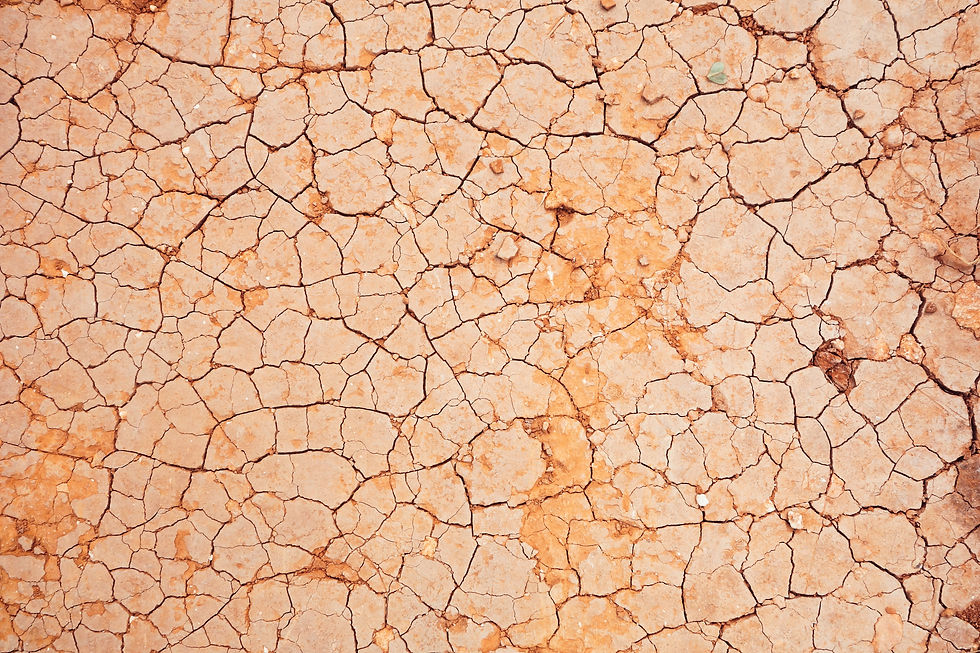Science is political, and we need to acknowledge it
- brittneyborowiec
- Aug 16, 2021
- 4 min read
By: Kay McCallum, McMaster University

In the aftermath of George Floyd’s murder and the anti-racism protests in the summer of 2020, there was a cultural reckoning regarding memorials, monuments, and legacy. Hundreds of statues across the United States were torn down. Buildings named after controversial figures were renamed. These measures caused a lot of backlash: detractors claimed that such actions were not only destruction of public property, they’re erasure of history.
About a month ago, this claim of historical revisionism-by-monument removal was rehashed in a piece titled “The Perils of Politicizing Science,” published in Journal of Physical Chemistry Letters, the rapid-communications arm of the American Chemical Society’s major physical chemistry publication. The cultural reckoning has come the hallowed halls of science, and according to author Dr. Anna Krylov, a quantum chemist at the University of Southern California, it’s “cancel culture.” Needless to say, science internet erupted in a furor.
So, what is being “cancelled,” exactly? Names. Historically, innovations were named after the innovator: Newton’s three laws, Schrödinger’s equation, Erlenmeyer flask, and countless others. Recently, some scientists have pointed out that many discoveries have been named after people who, frankly, did horrible things – and, since the names glorify the scientists, don’t describe the science, and alienate marginalized communities affected by the actions and beliefs of the scientists, maybe we should change the name.
To Dr. Krylov, this is censorship, indicative of the “ideologically controlled science of the USSR and other totalitarian regimes.” And she is speaking from personal experience: Dr. Krylov was born in the Soviet Union. Stalin was literally erasing people from history only a few years before she was born. It’s understandable that, given her history, she was compelled enough by these cases to pen an article. Obviously, Dr. Krylov believes these scientists’ ideologies are unpalatable – she “wouldn’t want to sit next to [them] at a dinner party” – but rather than purging the history, she argues we should keep the name and learn from it.
Knocking down statues erases the history they represent. Or so the argument goes.
What Dr. Krylov does not discuss in her article is that many figures in scientific history, especially those belonging to racial and gender minorities, have already been erased. Canadian scientists in the mid-20th century studied malnutrition by malnourishing Indigenous children in residential schools. James Marion Sims, the “father of modern gynecology,” conducted his research on enslaved Black women without anaesthesia, because he believed Black women could not feel pain. Modern medicine was built on the back of a Black woman, Henrietta Lacks, whose cells ("HeLa cells," see photo) were taken without her consent and who wasn’t even widely acknowledged until 2010.
These are not isolated incidents. And they have lasting consequences. Because of the historic medical abuses the community faced, Black people have increased distrust of medical research. And to this day, medical students and residents share Sims’ beliefs on Black women’s pain, causing racial biases in medical care.
But one might argue, like Dr. Krylov does, that scientists may suffer from moral failings external to their work, not scientific ethical failings like those I’ve described. William Shockley, esteemed physicist and Nobel laureate, was a eugenicist who believed in white genetic and intellectual supremacy. But what does this have to do with his work on solar cells, Dr. Krylov asks. Further, Shockley’s papers on eugenics haven’t been broadly cited. Clearly, science has already rejected his reprehensible claims!
Except in 1995, after Shockley’s death, The Bell Curve, a “scientific” study of disparities in intelligence among the races, was published. Their ideas are parroted all over certain sections of the media and internet – but you wouldn’t see this on Google Scholar, as these particular “researchers” subscribe to a growing anti-intellectual current. Even if scientists know they don’t hold weight, Shockley’s beliefs still get attention and are rehashed for public consumption.
Research does not operate in a vacuum. Every researcher brings their own biases, worldviews, and values into their research. Who we are outside the lab affects who we are as researchers. (A case study: Dr. Krylov views the “politicization of science” through the lens of her personal history in the USSR, and sees them as totalitarian in nature. I wrote my undergraduate thesis on how scientists should be more involved politically, so I’ve got skin in the game too.)
Dr. Krylov claims the names of scientific principles “[elicit] no emotional response in [her].” I don’t buy it; she had enough emotion to publish an article. She’s more honest in the previous sentence: they “remind [her] that the cathedrals of science are built by mere mortals.” It’s evident that she deeply respects these scientists and the monuments we’ve erected in their honour. Because that’s what the name is: a monument. We don’t call them Newton’s laws to describe what the laws are; otherwise, we would call them the three fundamental laws of physics (a name which some schools have adopted and which she derides). In calling them Newton’s laws, we centre Sir Isaac Newton. We glorify the scientist. The name says nothing about the science.
If we change the name, the massive scientific breakthroughs made by Shockley, Haber, Edison, or any other controversial researchers won’t be erased. Good science still stands. And I agree with Dr. Krylov that we should use this as a learning opportunity.
But no one learns history from a statue.
Edited by B.G. Borowiec and A.E. McDonald. Header photo from Wikimedia Commons.



Comments